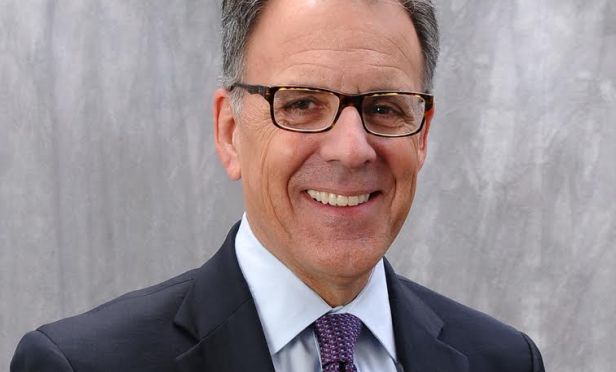
MIAMI—There's a spotlight on Miami's multifamily market. Some are concerned about overbuilding, but there's still plenty of trading going on.
Indeed, investors from Eurasia are targeting Miami's multifamily market. At the same time, there's a discussion about which multifamily assets will fare best in the days ahead.
GlobeSt.com caught up with Jim Reed, director of Franklin Street in Jacksonville, to get his thoughts on the multifamily market further north in this exclusive interview series. Stay tuned for part two, in which he will discuss key investor concerns and challenges.
GlobeSt.com: What was the state of the multifamily sector in 2016 in terms of trends and activity?
Reed: At Franklin Street, our focus is primarily in the Southeast US, where the market was strong in all respects in 2016. Transaction velocity remained high, although slightly down from 2015 with 188 transactions including 38,000 units and valued at over $4.4 billion in the southeast.
The region saw significantly higher cap rates and a lower price per unit compared to the US as a whole. Coupled with strong economic fundamentals in most markets, these deals represent comparatively good value, which investors continue to recognize.
GlobeSt.com: What do you expect to be the major trends and advancements for multifamily in 2017?
Reed: In the Southeast, we will continue to see new multifamily properties being built, with almost 85,000 new class A units expected to be completed. This is a 3.3% growth in inventory following on the heels of a pretty active 2016.
The added inventory will cause vacancy rates to increase slightly, but strong job and population growth, coupled with increases in net income, will support an estimated 3.6% increase in asking rents, according to projections provided by REIS.
Jacksonville continues to climb out of the recession and has not yet hit its cyclical peak, according to a recent Freddie Mac report. Gross income across the market is expected to increase 4.3%–making Jacksonville one of the top ten markets in the country for income growth–and the supply of new units is relatively modest, so vacancies will be pushed down and rents will go up.

MIAMI—There's a spotlight on Miami's multifamily market. Some are concerned about overbuilding, but there's still plenty of trading going on.
Indeed, investors from Eurasia are targeting Miami's multifamily market. At the same time, there's a discussion about which multifamily assets will fare best in the days ahead.
GlobeSt.com caught up with Jim Reed, director of Franklin Street in Jacksonville, to get his thoughts on the multifamily market further north in this exclusive interview series. Stay tuned for part two, in which he will discuss key investor concerns and challenges.
GlobeSt.com: What was the state of the multifamily sector in 2016 in terms of trends and activity?
Reed: At Franklin Street, our focus is primarily in the Southeast US, where the market was strong in all respects in 2016. Transaction velocity remained high, although slightly down from 2015 with 188 transactions including 38,000 units and valued at over $4.4 billion in the southeast.
The region saw significantly higher cap rates and a lower price per unit compared to the US as a whole. Coupled with strong economic fundamentals in most markets, these deals represent comparatively good value, which investors continue to recognize.
GlobeSt.com: What do you expect to be the major trends and advancements for multifamily in 2017?
Reed: In the Southeast, we will continue to see new multifamily properties being built, with almost 85,000 new class A units expected to be completed. This is a 3.3% growth in inventory following on the heels of a pretty active 2016.
The added inventory will cause vacancy rates to increase slightly, but strong job and population growth, coupled with increases in net income, will support an estimated 3.6% increase in asking rents, according to projections provided by REIS.
Jacksonville continues to climb out of the recession and has not yet hit its cyclical peak, according to a recent
Want to continue reading?
Become a Free ALM Digital Reader.
Once you are an ALM Digital Member, you’ll receive:
- Breaking commercial real estate news and analysis, on-site and via our newsletters and custom alerts
- Educational webcasts, white papers, and ebooks from industry thought leaders
- Critical coverage of the property casualty insurance and financial advisory markets on our other ALM sites, PropertyCasualty360 and ThinkAdvisor
Already have an account? Sign In Now
*May exclude premium content© 2025 ALM Global, LLC, All Rights Reserved. Request academic re-use from www.copyright.com. All other uses, submit a request to [email protected]. For more information visit Asset & Logo Licensing.








